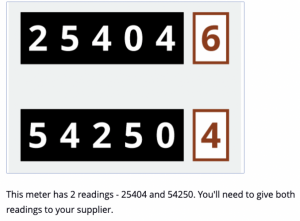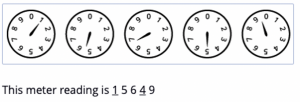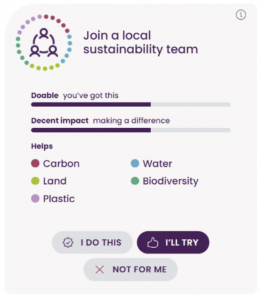This guest blog comes from Mason Cole, MA Politics and Contemporary History student and Sustainability Champion Assistant (SCA), supporting the King’s Energy Team.
We’re reaching the end of another academic year. It’s that time when we have to choose who to live with for the next year. We also have to decide which energy company we want to trust both with our money and with supplying fair and clean energy to our new homes. Energy bills can be confusing with all those numbers but don’t worry, it’s not as daunting as it sounds – here is King’s Energy to answer the questions on your mind!
How do I read my energy bill?
Your energy bill should include several key pieces of information, namely: consumption, time period, personal projection, tariff information, payment methods, when your contract ends, your meter reference number and a QR code. It will also specify if the bill is actual or estimated, which might be the most important part! Some of these are fairly self-explanatory but the ones which could help you save money are:
Actual or Estimated
In order to work out your bills, your supplier needs to know how much energy you use. Your supplier will estimate your energy bill based on past usage if you don’t send them your readings. You should therefore make sure you check your meter and let your supplier know, as your usage may be less than expected.
Meter Reference Number
While you check your meter, cross-reference the number on your bill with the one on your meter because you might actually be paying for somebody else’s electricity.
Personal Projection
Not only does this allow you to see how much energy you are expected to use and therefore allow you to assess how to reduce your energy consumption, but it can also be used to compare other energy deals with your existing plan. You may be able to switch suppliers to get a better deal.
How do I read my meter?
If you have a smart meter, your readings will be sent automatically to your supplier. If you don’t, then try to read your meter every time you get a bill. First, you need to establish if you have a single rate digital meter, two-rate digital meter or dial meter, here’s what they look like:
Single rate digital meter
Two-rate digital meter
Dial meter
*If the pointer is between two numbers, always read the lower number.
Can I change my supplier?
In most cases, this can be done before the end of your contract. Ultimately which supplier you go with depends on your usage and needs. Citizens Advice offer a great comparison tool to see which provider will best support your needs and check out Citizen’s UK’s Fair Energy Campaign if you know you want to switch to a fairer and more environmentally-friendly supplier.
Over the coming weeks, we will break down the best suppliers for you in terms of cost and environmental impact. If you have any further questions or want to get involved, get in touch!
Image source: How to read your gas or electricity meter, Citizens Advice.






